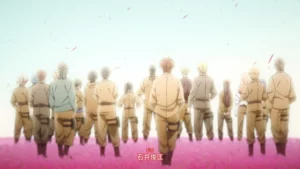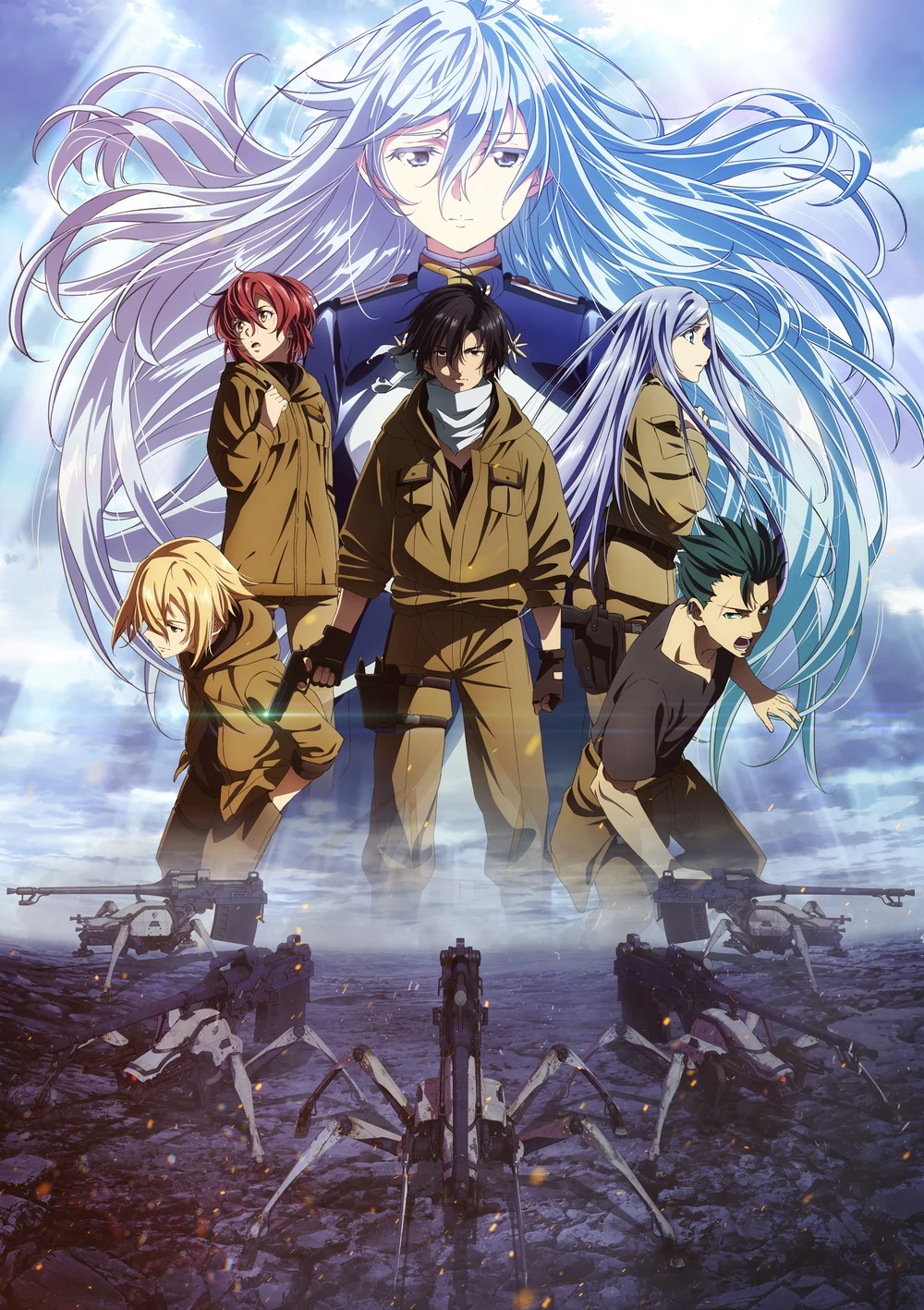Views : 8813
86 EIGHTY-SIX,” based on the popular light novel series of the same name, enters the anime world with a compelling premise that explores complex themes of discrimination, war, and the human condition. However, despite its potential, the anime adaptation falls short in several aspects, leaving viewers with a sense of missed opportunities and underdeveloped storytelling.
One of the most glaring issues with the anime version of “86 EIGHTY-SIX” is its rushed pacing. The series attempts to cover a significant amount of content from the light novels within a limited episode count, resulting in a narrative that feels cramped and lacking in depth. Key character development moments are glossed over, and crucial emotional arcs are poorly explored, leaving audiences detached from the characters and their struggles. As a result, the profound impact that the original source material was capable of delivering is diluted in the anime, leaving viewers feeling disconnected from the story.
Furthermore, the anime’s world-building leaves much to be desired. The light novels intricately crafted the Republic and Empire’s societies, political structures, and the technology that drives the conflict. However, in the anime, these elements are merely hinted at, leaving many questions unanswered. As a result, the viewer’s understanding of the geopolitical landscape and the motivations behind the characters’ actions is limited. A more thorough exploration of the world and its systems could have added depth to the story and enriched the overall viewing experience.
The art and animation of “86 EIGHTY-SIX” also leave something to be desired. While the designs of the autonomous drones and the weaponry are visually impressive, the character animations often feel stiff and lackluster. In emotionally charged scenes, the lack of expressive animation hampers the impact of crucial moments, making it difficult for viewers to connect with the characters’ feelings. The inconsistent animation quality further detracts from the overall engagement, and at times, it feels like the animation struggles to keep up with the intensity of the narrative.
In addition, the anime adaptation misses an opportunity to delve deeper into the thought-provoking themes of the original work. The novel’s exploration of discrimination and the dehumanization of the Eighty-Six handlers is thoughtfully executed, providing ample room for societal introspection. Unfortunately, the anime often fails to fully explore these themes, resorting to heavy-handed dialogue rather than allowing the narrative to speak for itself. This lack of subtlety diminishes the impact of the series and feels like a missed chance to provoke meaningful reflection on real-world issues.
Another critical issue lies in the inconsistent tone of the anime. While “86 EIGHTY-SIX” contains moments of intense drama and emotional depth, it is frequently juxtaposed with lighthearted and comedic scenes. This tonal dissonance disrupts the immersion and emotional investment of the viewers, making it difficult to fully engage with the narrative. A more cohesive and consistent tone would have allowed the series to maintain its emotional resonance and convey its powerful messages more effectively.
In conclusion, the anime adaptation of “86 EIGHTY-SIX” struggles to live up to the potential of its source material. The rushed pacing, limited world-building, lackluster animation, missed thematic opportunities, and inconsistent tone all contribute to an underwhelming viewing experience. While the anime retains some redeeming qualities, it ultimately fails to capture the profound impact and emotional resonance that the light novel series offered. As a result, “86 EIGHTY-SIX” leaves fans and newcomers alike yearning for a more faithful and well-executed adaptation that could have truly done justice to the thought-provoking and powerful narrative.

Share on other Social Medias:

